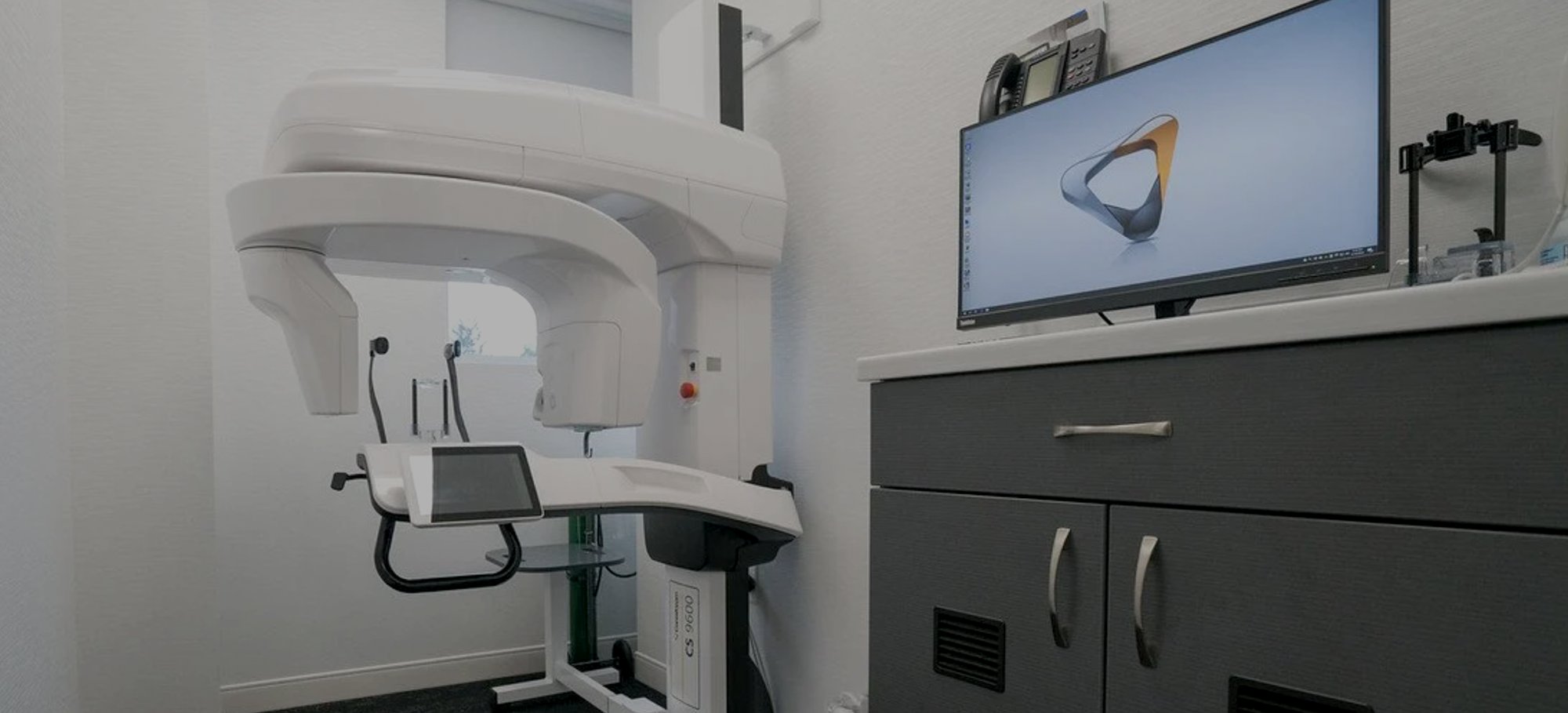5 ways to raise capital to expand your practice

Managing the business side of your dental practice means dealing with capital expenditures, including figuring out where the capital will come from.
In this post, we outline five ways to secure capital.
1. Bank or SBA loan
Taking out a traditional loan is the most common strategy for funding the expansion of your practice. In most cases, your current income and the proven success will provide enough collateral to be approved for a business loan.
If your practice is new or your credit rating is poor, an alternative is to apply for a loan via the Small Business Administration. SBA loans require more paperwork and take longer but they provide a viable alternative for dental practices that do not qualify for a more mainstream lender.
2. Borrow from friends and family
As the owner of a dental practice you possess a secure and steady income stream to cover loan payments on time. In the right circumstances, borrowing from someone you know can be mutually beneficial.
3. Open a line of credit
Offering a less complex application process and more flexibility, a line of credit gives your practice the option to borrow money as needed and pay down your balance without penalty. Note that most lines of credit have variable terms and may carry higher rates than a fixed-rate loan.
4. Tap into your equity
Taking out a home equity loan is the riskiest maneuver on this list, but requires little approval on the part of the bank. As long as you have equity in your home, it’s possible to either restructure your entire mortgage with a cash payout or take out a second mortgage. If you own the building where your practice is located you may be able to borrow against the equity in that property and not leverage your personal assets.
5. The old-fashioned way
Understanding your level of risk tolerance is important. If the prospect of indebting yourself or your practice is unnerving, then perhaps a slow growth approach is a smarter move for your peace of mind. Planning for improvements to your practice in advance and then saving for them is a perfectly viable approach. You can set up direct withdrawals between accounts to automate the saving process.
Do bear in mind that while a debt-free approach carries lower risk, you could be missing out on tax advantages. Run your financial strategy past your accountant for insight and advice.






